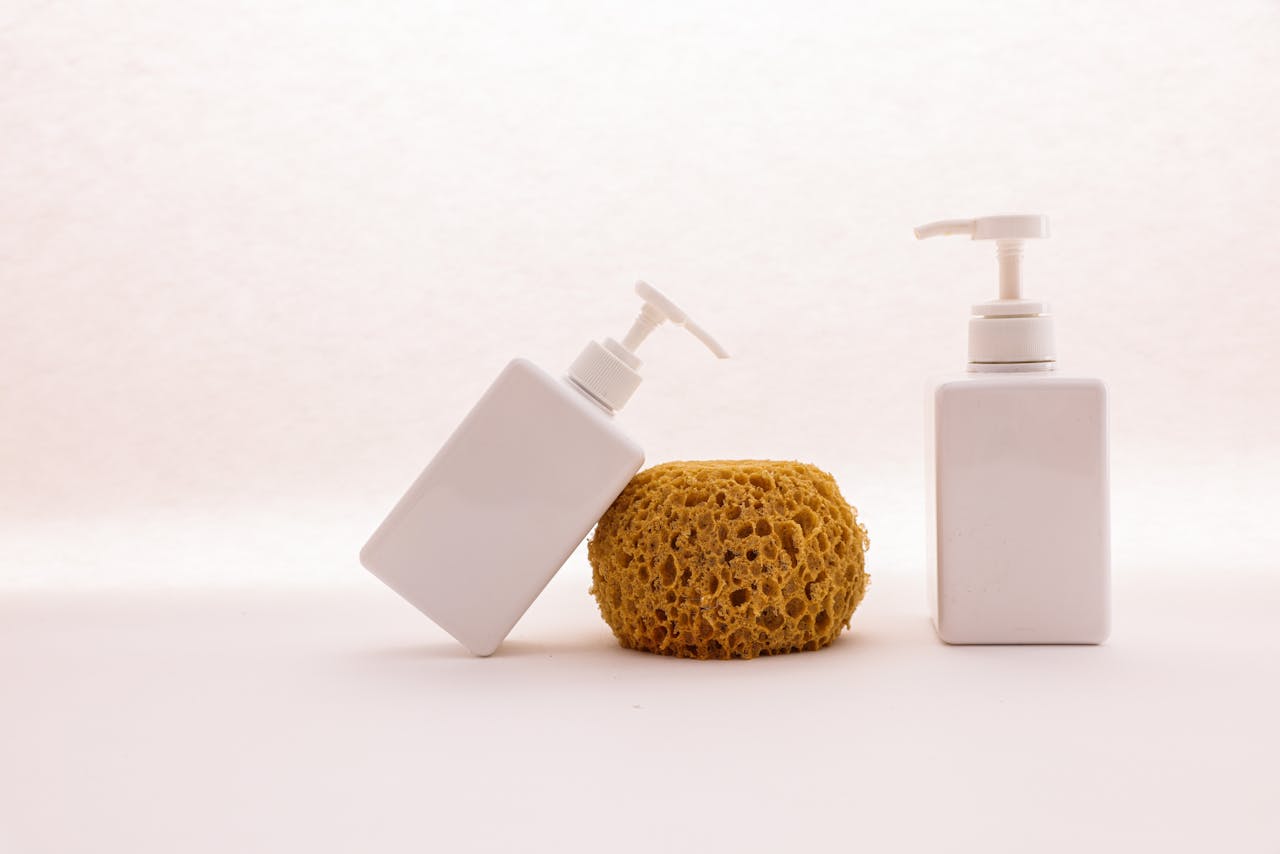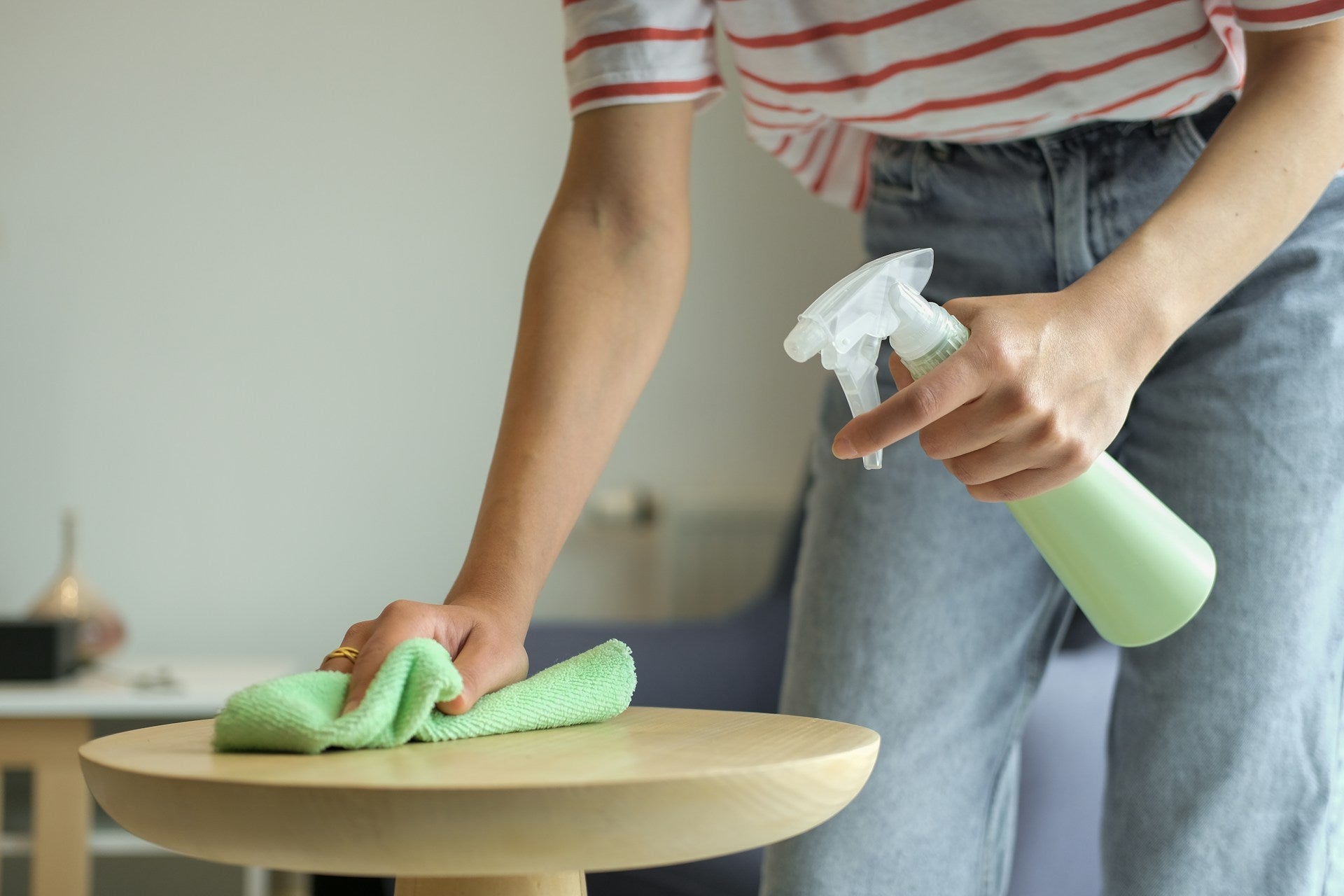Natural cleaning sponges are a go-to for many households looking for a simple, plastic-free way to tackle messes. They’re made from renewable materials like cellulose, coconut fiber, or loofah, and they break down more easily than synthetic options. But if you’ve used them for a while, you’ve probably noticed they don’t always hold up the same way over time. That doesn’t mean you have to throw them out at the first sign of wear, though.
Biodegradable sponges can last longer if they’re used and cared for correctly. Like any tool, they go through some wear and tear, especially when scrubbing tough surfaces or drying out between uses. From falling apart around the edges to losing their structure or starting to smell, there are a few common issues that come up. Luckily, small fixes and better habits can help you get more life out of each one. Let's take a closer look at what usually goes wrong with natural sponges and what you can do about it.
Common Wear And Tear Issues With Natural Sponges
Biodegradable sponges are made to break down eventually, so it’s normal for them to show signs of use faster than plastic-based options. But that doesn’t mean they can’t last you a good while. The key is spotting early signs of damage and understanding why they happen in the first place.
Here are a few of the most frequent wear issues to look out for:
- Fraying or ragged edges: This tends to happen when sponges are used on sharp or abrasive surfaces like stovetops, grills, or rough tiles. If fibers start to come loose or the edges split, it may be a sign that a less aggressive scrubber is needed for those areas.
- Loss of absorbency: If the sponge feels stiff or doesn’t soak up liquid like before, it could be clogged with grime, soap buildup, or oil. Some natural fibers are more porous and can get weighed down faster if not rinsed carefully after each use.
- Bad odors: A damp sponge that hasn’t dried completely between uses can start to smell. This usually means bacteria or mildew is setting in. It’s especially common in warmer months when everything dries slower and molds faster.
One common example is a kitchen sponge used for cleaning cutting boards and surfaces around the sink. If it’s not rinsed and wrung out well, it can go from fresh to funky in just a few days, sometimes even faster if left in a dark or moist place.
The materials in biodegradable sponges break down because they’re supposed to. But heat, friction, and moisture levels all play a role in speeding up or slowing down that process. So how you use them and where you store them can make a big difference in how long they stick around.
Preventive Measures To Extend The Life Of Biodegradable Sponges
Caring for your sponges properly isn’t hard, but it does take a few simple habits. The right steps can keep them stronger for more uses and reduce how often you need to replace them.
Here are some easy ways to get more out of every sponge:
- Air them out: Don’t leave sponges lying flat in the sink after use. Instead, wring them out fully and set them somewhere they can dry out fast. A sponge rack or hook works better than laying them on a dish or counter.
- Clean them between uses: Give the sponge a quick rinse with warm water and plain dish soap after each use. If it’s especially grimy, soaking it in diluted white vinegar for five minutes can help clear out buildup.
- Rotate tasks: Don’t use the same sponge for everything. Have one for dishes, one for wiping counters, and one for bathroom surfaces. This keeps grease and grime from piling onto a single sponge too fast.
- Avoid harsh scrubbing: Resist the urge to dig into heavy messes using the same sponge day after day. Even though natural sponges are sturdy, too much pressure will wear them down quicker. Use a soft-bristle brush or scraper for stuck-on gunk first.
- Keep sponges out of hot spots: Super high heat can weaken natural materials. Skip the microwave or boiling water if you’re unsure what the sponge is made of. Stick with room-temp or warm solutions for sanitation.
Good care extends the life of biodegradable sponges and keeps them safer for cleaning. Letting air flow do some of the work, choosing the right cleaning jobs, and giving them basic rinses will go a long way. The next step is learning how to handle the specific damage when it turns up, which helps you avoid tossing reusable sponges too soon.
How To Fix Wear And Tear Issues
Sometimes wear is just surface-level and easily handled with a few basic fixes. If your sponge still has some life left in it, you don’t have to toss it right away. You can patch it up, clean it up, and get a few more solid uses out of it with the right steps.
Here’s how to give it a short second wind:
1. Trim the frayed parts
If the edges have started to come apart or look stringy, grab a clean pair of scissors and trim around the rough areas. Cut off only the loosened ends so the sponge keeps its shape and structure. This helps stop more unraveling while keeping it comfortable to hold.
2. Soak it to bring back absorbency
If your sponge has gone stiff or doesn’t seem to be soaking up much liquid, try soaking it in a mix of warm water and plain white vinegar. Let it sit for about 5 to 10 minutes, then rinse and wring it out. This can help break up anything that’s blocking its pores so it grabs liquid like normal again.
3. Get rid of odors
If smells are the issue, vinegar works here too. Another option is to make sure the sponge fully dries after each use. Even setting it in direct sunlight for a bit can freshen it up. Avoid tucking it in dark drawers or sink compartments where airflow is limited.
4. Gently stretch it back into shape
Some biodegradable sponges can twist or shrink after several uses. When they’re still damp, stretch them gently back to a flat shape so they dry more evenly. Misshapen sponges are harder to use and dry slower, which only speeds up the breakdown.
If your sponge smells fine, still absorbs and holds together well in your hand, it’s worth holding on to it a bit longer. These quick fixes won’t restore a completely worn-out sponge, but they can definitely delay your next swap by a few weeks.
When To Replace Your Natural Cleaning Sponges
No eco-friendly product lasts forever. There comes a point where repairing or cleaning your natural sponge just won’t cut it. Using a sponge past its prime doesn’t just make cleaning harder, it can also leave behind mess or spread grime instead of wiping it away.
Here are signs that it’s time to toss it and bring out a fresh one:
- The sponge stays smelly no matter how often you rinse or soak it
- It falls apart or chunks start coming off when you use it
- It feels slimy even after drying
- It’s covered in dark spots, stains, or mold that won’t rinse away
- It won’t absorb water at all anymore
- Its shape is so warped that it’s difficult to hold or use effectively
Regularly rotating your cleaning tools helps make cleaning more efficient and sanitary. If you’ve already done a vinegar soak, cleaned it properly, and tried to patch it up with no luck, it’s likely time for that sponge to move on.
Dispose of used biodegradable sponges the right way when they’re done. Depending on what it’s made of, you might be able to add it to your compost pile. Check the packaging if you’re not sure. If composting isn't an option, just make sure it hits the regular trash instead of sticking around your counter or drain.
Keep Your Cleaning Routine Waste-Free
Taking simple care steps can keep your sponges in action longer and help cut down how many you go through each year. And fixing issues like fraying or bad smells isn't hard at all with the right approach. Repairing what you can and swapping out when needed gives you a cleaner home without a trash can full of short-lived supplies.
Using biodegradable products is one way to make your routine more sustainable. Whether it’s how you wash dishes, wipe surfaces, or scrub spills off the floor, small choices like taking better care of your sponge can make a difference. Repairs are easy and worth trying before tossing anything. When it’s time to let it go, just dispose of it responsibly. Being thoughtful with your tools is one more way to reduce waste and help your home stay fresh.
Ready to make a difference in your cleaning routine? Discover how biodegradable sponges from Plastno can help you clean smarter while reducing waste. Whether you're washing dishes or wiping down counters, our sustainable supplies bring lasting performance without the plastic. Explore our collection of eco-friendly products today.






Share:
Our Favorite Plastic-Free Swaps
Zero-Waste on a Budget: Plastic-Free Living That Saves Money